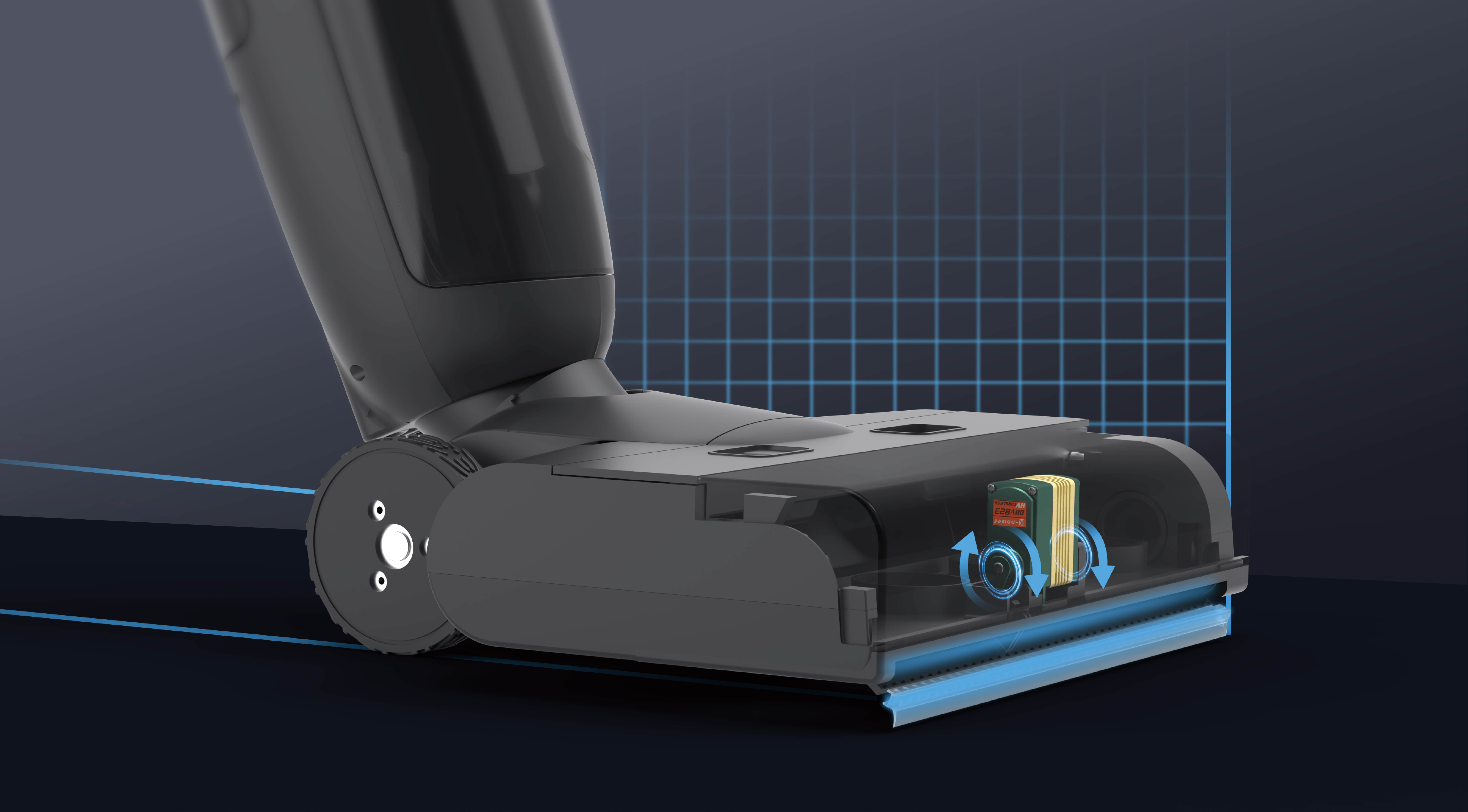Unveiling the Magic of Micro Servos in RC Airplanes
In the vast universe of remote-controlled aviation, innovation continually pushes the boundaries of what's possible with miniature technology. Among the pivotal components that enable precise and responsive flight control are micro servos — tiny yet powerful devices that have revolutionized how hobbyists and professionals alike approach model aircraft design.

What are Micro Servos? At their core, micro servos are compact versions of standard servos designed for applications where space, weight, and power consumption are critical. These devices are essentially small motors equipped with electronic circuitry that allow them to rotate their output shaft to a specific position, which is used to control various parts of an RC airplane — such as the ailerons, elevators, rudders, or flaps.
The core differences between micro servos and their full-sized counterparts lie in size, weight, and power requirements. Typically, micro servos measure around 1.2 to 1.5 inches in height, 0.5 to 1 inch in width, and weigh a few grams. Despite their diminutive stature, they pack a punch — delivering enough torque and speed to execute precise maneuvers and quick responses vital for smooth flight.
Why Micro Servos Matter in RC Airplanes The importance of micro servos in RC aviation cannot be overstated. They are inherently designed to comply with the demanding standards of lightweight aircraft, especially small-scale models, micro drones, and indoor flyers. Without these tiny devices, pilots would struggle to achieve the agility, stability, and control needed for dynamic in-flight behavior.
Additionally, micro servos have a significant advantage in terms of weight reduction, which can directly affect the overall performance, battery life, and responsiveness of the aircraft. Minimizing weight is especially critical in 3D aerobatics or miniature planes where every fraction of an ounce can influence flight characteristics profoundly.
Application in Different Types of RC Aircraft Micro servos are used across a variety of RC airplane categories, including:
Indoor micro planes: Their small size and light weight make micro servos the perfect fit, enabling nimble aerobatics and precise control in confined spaces. Park flyers: Compact and lightweight models designed for casual flying often rely on micro servos for sweet handling with minimal drag. Micro drones: These tiny flying machines depend heavily on micro servos for stabilization, camera gimbals, or even for movement of payloads. Scale models: Scale replicas of real aircraft, especially those needing delicate control surfaces, benefit from micro servos that provide fine-tuned responses.
Choosing the Right Micro Servos When selecting micro servos for your RC airplane, several factors should be considered to ensure optimal performance:
Torque: Even though the device is small, power matters. Make sure the servo's torque rating exceeds the requirements of the control surface it will operate, considering the surface area and expected load. Speed: This indicates how quickly the servo can move to a commanded position. Faster servos make aircraft more responsive, essential in aerobatic flight. Size and Weight: Compatibility with your aircraft's internal space and weight budget is paramount. Voltage Compatibility: Micro servos usually operate at 4.8V to 6V, but some can handle higher voltages for increased performance. Durability and Quality: High-quality servos will last longer and deliver steady performance without jitter or failure during flight.
The Technology Behind Micro Servos Advancements in servo technology have allowed for remarkable enhancements in miniature models. Brushless motors, improved gear trains, and efficient electronic circuitry have enabled micro servos to generate more torque, operate more quietly, and last longer while consuming less power.
Many modern micro servos incorporate coreless motors, which reduce rotational inertia, leading to quicker responses. Advanced gear materials, such as titanium or carbon fiber, improve durability and minimize gear backlash that could cause control inaccuracies.
In the next part, we'll dive into the intricacies of selecting the perfect micro servo for your specific RC airplane project, explore detailed technical specifications, and discuss maintenance tips for longevity and peak performance.
Part 2 to follow in the next message…
Kpower has delivered professional drive system solutions to over 500 enterprise clients globally with products covering various fields such as Smart Home Systems, Automatic Electronics, Robotics, Precision Agriculture, Drones, and Industrial Automation.




































